A MicroRNA Switch that Controls Lateral Root Growth and Nodulation
 Legume roots form two types of organs, lateral roots and symbiotic nodules, which participate, respectively, in the uptake of water and mineral nutrients and in nitrogen fixation. Since both organs have considerable impacts on plant growth, understanding the mechanisms underlying the development of lateral roots and nodules is crucial to improve agronomical traits in legumes. MicroRNA390 (miR390) is an evolutionarily conserved miRNA that targets non-coding Trans Acting Short Interference RNA3 (TAS3). Cleavage of TAS3 by ARGONAUTE7 results in the production of tasiRNAs, which target mRNAs encoding AUXIN RESPONSE FACTOR 2 (ARF2), ARF3 and ARF4. The miR390/TAS3 pathway plays key roles in plant development. tasiARFs suppress the juvenile to adult phase transition in Arabidopsis (Arbidopsis thaliana) and are required for leaf patterning and leaf polarity in different plant species, including the two model leguminous plants L. japonicus and M. truncatula. The miR390/TAS3 pathway also defines a network that quantitatively controls lateral root growth in Arabidopsis. Hobecker et al. () now show that the activation of the miR390/TAS3 regulatory module by overexpression of miR390 in Medicago truncatula promotes lateral root growth, but prevents nodule organogenesis, rhizobial infection and the induction of two key nodulation genes. Accordingly, inactivation of the miR390/TAS3 module, either by expression of a miR390 target mimicry construct or mutations in ARGONAUTE7, enhances nodulation and rhizobial infection, alters the spatial distribution of the nodules and increases the percentage of nodules with multiple meristems. These results reveal a key role of the miR390/TAS3 pathway in legumes as a modulator of lateral root organs, playing opposite roles in lateral root and nodule development.
Legume roots form two types of organs, lateral roots and symbiotic nodules, which participate, respectively, in the uptake of water and mineral nutrients and in nitrogen fixation. Since both organs have considerable impacts on plant growth, understanding the mechanisms underlying the development of lateral roots and nodules is crucial to improve agronomical traits in legumes. MicroRNA390 (miR390) is an evolutionarily conserved miRNA that targets non-coding Trans Acting Short Interference RNA3 (TAS3). Cleavage of TAS3 by ARGONAUTE7 results in the production of tasiRNAs, which target mRNAs encoding AUXIN RESPONSE FACTOR 2 (ARF2), ARF3 and ARF4. The miR390/TAS3 pathway plays key roles in plant development. tasiARFs suppress the juvenile to adult phase transition in Arabidopsis (Arbidopsis thaliana) and are required for leaf patterning and leaf polarity in different plant species, including the two model leguminous plants L. japonicus and M. truncatula. The miR390/TAS3 pathway also defines a network that quantitatively controls lateral root growth in Arabidopsis. Hobecker et al. () now show that the activation of the miR390/TAS3 regulatory module by overexpression of miR390 in Medicago truncatula promotes lateral root growth, but prevents nodule organogenesis, rhizobial infection and the induction of two key nodulation genes. Accordingly, inactivation of the miR390/TAS3 module, either by expression of a miR390 target mimicry construct or mutations in ARGONAUTE7, enhances nodulation and rhizobial infection, alters the spatial distribution of the nodules and increases the percentage of nodules with multiple meristems. These results reveal a key role of the miR390/TAS3 pathway in legumes as a modulator of lateral root organs, playing opposite roles in lateral root and nodule development.


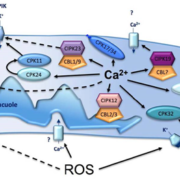
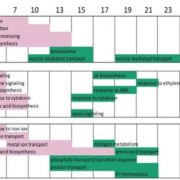
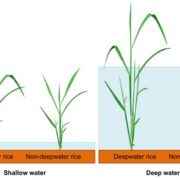
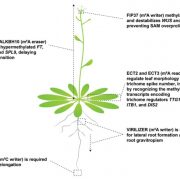
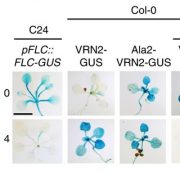
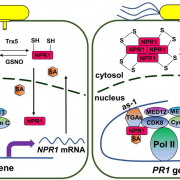


Leave a Reply
Want to join the discussion?Feel free to contribute!